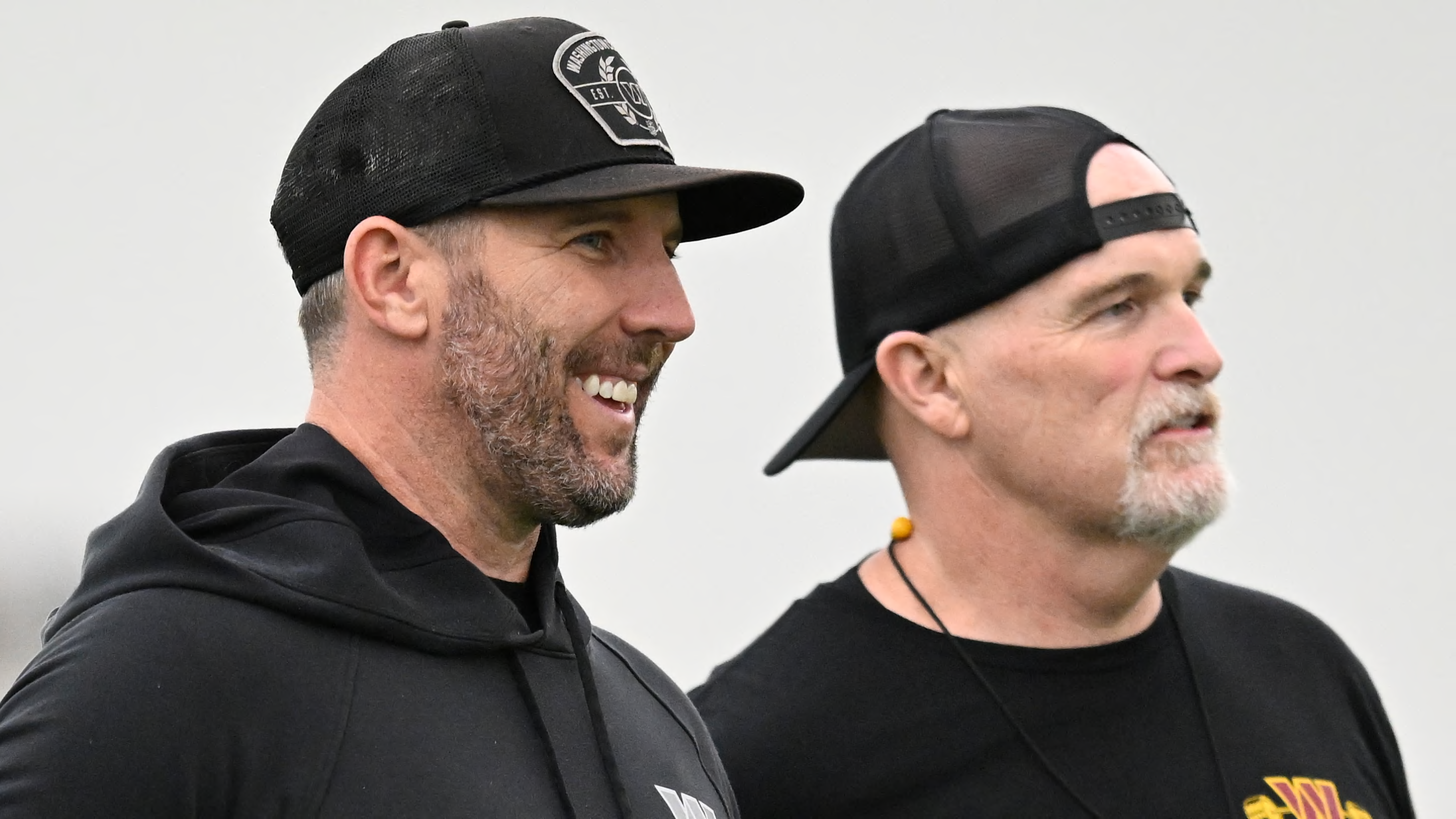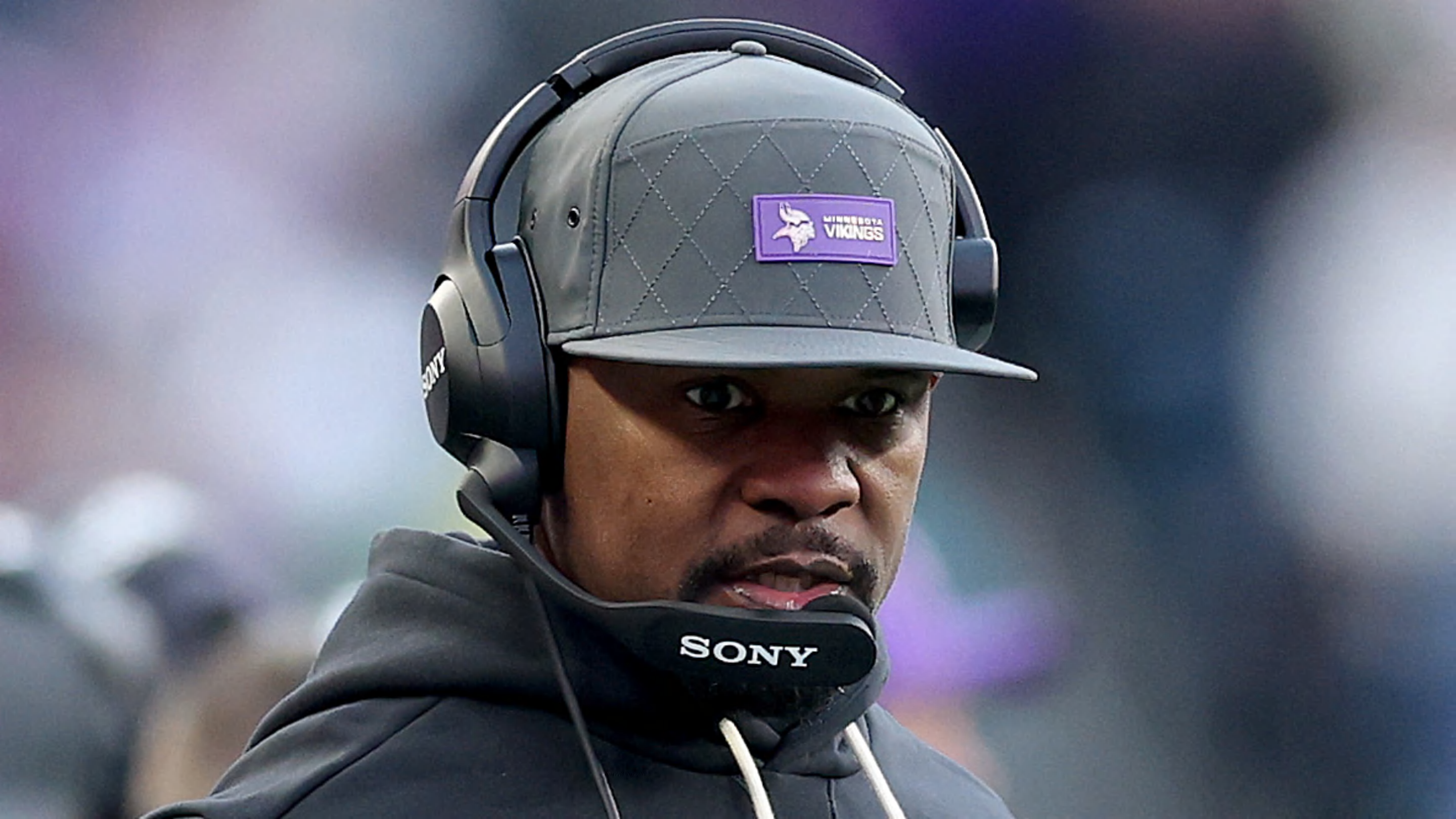
When John Nisby was born in 1936, the state of California did not yet realize a true leader was now amongst their midst. When he went to college at Pacific, after going to high school in Stockton, he stood out on the gridiron enough to be drafted in the sixth round of the 1957 draft by the Green Bay Packers.
Nisby was cut by the Packers, but quickly signed with the Pittsburgh Steelers and the rookie was soon starting on an offensive line where Pro Bowler Fran Varrichione was the veteran in his second year. Nisby held onto his job at right guard his entire five seasons with Pittsburgh.
After making his first Pro Bowl in 1959, Nisby duplicated the feat again in 1961. He wasn't only a top blocker for the team, but he was a community leader as well. His stance for equal rights became legendary and the city is still indebted to him to this day.
While with the team, he worked closely with the Pittsburgh Courier, a famous black newspaper, to insure that all companies that had business with the Steelers have a firm equal employment policy.
Nisby also successfully lobbied the Rooney family to insist that a local beer distributor end their segregation policy. These type of selfless efforts set Nisby apart from others.
Yet it did not prevent Pittsburgh from dealing the Pro Bowler to the Washington Redskins just before the 1962 season. He was joining the last NFL to integrate, only doing to because they were ordered to by the administration of President John F. Kennedy.
"We'll start signing Negroes when the Harlem Globetrotters start signing whites." Washington Redskins owner George Preston Marshall had once said. "Why Negroes particularly? Why not make us hire a player from any other race?" Why not a woman? Of course we have had players who played like girls, but never an actual girl player."
Marshall never did say why he took the stance he did. Explanations ranged from the Redskins were the only team of the South, theorizing their fans would not support an integrated team, to some saying Marshall was raised that way.
This type of bigotry upset many. Chicago Cardinal running back Ollie Matson, a future Hall of Famer, stated that blacks "try a little harder when we play the Washington team."
Yet Marshall, a frugal man called "the last of the small-time spenders", was a showman who was a Washington D.C. native that brought the Redskins in from Boston. He invented the Pro Bowl and created the halftime show by having organized a 110-piece band and outfitted it with $25,000 worth of burgundy and gold uniforms.
The Hall of Fame owner also proposed splitting the league into two divisions with a season-ending championship game. He suggested the player draft and roster limitations. Marshall also suggested to standardize the schedule so that each team played the same number of games, and that game gate receipts be split between the home team and the visitor.
He also helped bring several rule changes. One moved the goalposts from the end zone to the goal line to encourage field-goal attempts. Another permitted passing from any spot behind the line of scrimmage. Another tapered the ball to facilitate passing. Still another allowed unlimited substitutions.
His wife even co-authored the famous team song "Hail To The Redskins". Marshall, as one writer aptly stated, ""took a dull game and made it irresistible." He was the first NFL owner to go to the television screen. Marshall created the first network appearances for any NFL team, and built a network to broadcast his teams games across the South.
Marshall once rented a train and brought 10,000 Redskins fans to New York for a big game against the Giants. Many credit him for creating one of professional sports most loyal fan bases.
The Redskins had moved into a brand new stadium in 1961, but the property was owned by the Interior Department and Secretary of the Interior Stewart Udall told Marshall the team would have their 30-year lease revoked unless the Redskins integrated.
Forced to integrate, Washington drafted three black men that year. 1961 Heisman Trophy winner Ernie Davis was the first pick of the draft, while wide receiver Joe Hernandez was the Redskins second round draft pick.
It was their third black player, an eighth-round draft pick by the name of Ron Hatcher, who became the first black player ever sign a contract with the Redskins. The fullback lasted one year in the NFL, appearing in three games for Washington.
The Redskins soon traded Davis to the Cleveland Browns for Leroy Jackson, Cleveland's first draft pick that year, and Pro Bowler Bobby Mitchell. While Jackson rarely played, Mitchell became a star and would end his playing career being inducted into the Pro Football Hall of Fame. He would later become a key member of the Redskins front office in a career that lasted over 40 years with the club.
While Mitchell admitted to being hurt by racial slurs hurled at him by fans, Nisby said he saw "little difference playing with the Redskins and playing with the Steelers." Nisby did say the team itself was close, recalling a time where several Redskins went to a nightclub. When they found out that the nightclub refused to admit the black players, Nisby's white teammates left with him.
Mitchell and Nisby had different views of Marshall. Mitchell said he never encountered any bigotry with the owner, but Nisby recalled that "I never appreciated the man at all, because of the stand that he took on blacks prior to my arrival here. My relationship with the front office wasn't really that great."
The Redskins had won five total games the previous three years, yet won five and tied two when Mitchell and Nisby joined the team in 1962. Not only was their play on the field a key reason for the improvement, but their leadership was crucial in getting the team headed in the right direction.
Nisby and Mitchell became the first black players in Redskins history to be named to the Pro Bowl that year. The impact they had on the team still reverberates today. While Washington had been struggling, their fortunes changed once Nisby and Mitchell came on board.
Marshall suffered a stroke in 1963 and handed control of the team over to Edward Bennett Williams and Jack Kent Cooke. Washington then drafted Hall of Famers like Chris Hanburger, Paul Krause, and Charley Taylor a few years later, while acquiring Hall of Famers like Sonny Jurgensen and Sam Huff in trades.
This improvement led to a winning season in 1969, their first since 1955, in the one season Hall of Famer Vince Lombardi guided the squad. Hall of Famer George Allen took over in 1971 and the Redskins had five years of 10 or more wins that decade, including a Super Bowl appearance.
Nisby started every game at left guard in the three years he spent with Washington, but was released as a 28-years old in his eighth year at the conclusion of 1964. He decided to hang up his cleats and return home in California and became Director of San Joaquin Delta College's "College Readiness Program", He also became heavily involved in the Stockton community.
A music lover who organized jazz festivals, Nisby also was District 6 Stockton City Councilman and involved in real estate. He is also a member of the Stockton Black Sports Hall of Fame.
He often told people, "If you are going to do something, you have to do it 100 percent. What is 100 percent? It is giving every ounce of energy that you have in your body and using that to achieve the ultimate in every aspect that you compete in. It may be in the classroom, in sports, in family related activities. But, whatever it is, you have to give 100 percent. In the arena of work you have to give 100 percent also. As a result, there is a high probability that you will be successful."
This is the effort Nisby gave in everything he did. From educating himself to being a pro athlete, he took that and became a leader of equality and justice for all human beings. He asked for no spotlight upon himself, only wishing people would realize the abnormalities he was trying to help.
Making the Pro Bowl three times in eight years in an era of bigotry was a tremendous accomplishment, but his helping end segregation might be what Nisby prefers to be remembered for. There may be fewer Steelers and Redskins fans alive who recall his athletic prowess today, but you can look everywhere in society to see how much impact John Nisby had.































No comments:
Post a Comment